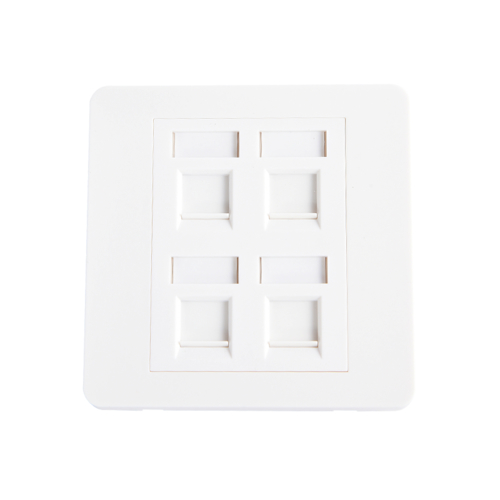In modern electronics and industrial automation, connectors are essential components for signal and power transmission. Male connectors, as the "plug" end of a system, directly impact the stability of circuit connections and the overall performance of the equipment when used correctly.
Content
Understanding the Core Function of Male Connectors
Male connectors, typically with exposed pins or blades, are designed to be inserted into corresponding female connectors (receptacles). Their core functions are:
- Establishing a Path: Establishing a reliable electrical or signal circuit connection between two or more electronic devices or modules.
- Enabling Mating/Removability: Allowing devices or modules to be quickly and safely plugged in, removed, and replaced, improving maintenance efficiency.
Common examples include everyday USB plugs, power plugs, and circular connectors in industrial equipment.
Steps for Correctly Using Male Connectors
The key to ensuring optimal performance of male connectors lies in "correct insertion" and "secure locking."
1. Confirm Compatibility and Specifications
Before using a male connector, the following points must be confirmed:
- Model Compatibility: Ensure the male connector and the target female connector are from the same series and are of the same specification to avoid forced insertion.
- Electrical Compatibility: Verify that the rated voltage, current, and other parameters of the male connector meet your circuit connection requirements.
2. Alignment and Smooth Insertion
This is the most critical step in using a male connector and must follow the principle of "alignment first, smooth force application":
- Precise Alignment: Many connectors are designed with keying mechanisms, such as grooves or orientation indicators. Ensure that the pins of the male connector are completely aligned with the sockets of the female connector.
- Even Force Application: Use a smooth, vertical force to push the male connector in. Avoid tilting or rotating, as this may cause the pins to bend or damage the connector housing, resulting in poor circuit connection.
3. Ensure Reliable Locking (if applicable)
For industrial applications requiring high vibration resistance or anti-detachment, male connectors are typically equipped with locking mechanisms:
- Snap-on/Locking: For snap-on designs, a crisp "click" sound should be heard upon insertion.
- Threaded Tightening: For threaded or nut-locking designs, tighten by hand or with a special tool to the manufacturer's recommended torque. Ensure proper tightening to prevent the male connector from loosening during use.
Male Connector Maintenance and Troubleshooting
A stable, durable male connector provides long-term protection for your electronic equipment.
Keep Clean:
Any dirt, dust, or oxides will increase contact resistance. It is recommended to clean the male connector pins regularly with a professional cleaner or a lint-free cloth.
Prevent Stress:
Avoid excessive stretching or twisting of the cable at the plug base, as this may cause internal contact breakage.
Timely Replacement:
If any bent, severely worn, or cracked pins are found on the male connector, it should be replaced immediately to prevent damage to the mating female connector or short circuits.
Proper use of male connectors is fundamental to ensuring system reliability. By following the principles of mating, alignment, smooth insertion, and reliable locking, you can ensure efficient and stable circuit connections in all electronic devices. Understanding these core techniques will significantly reduce malfunctions and extend the lifespan of your connectors.



 Español
Español عربى
عربى русский
русский













